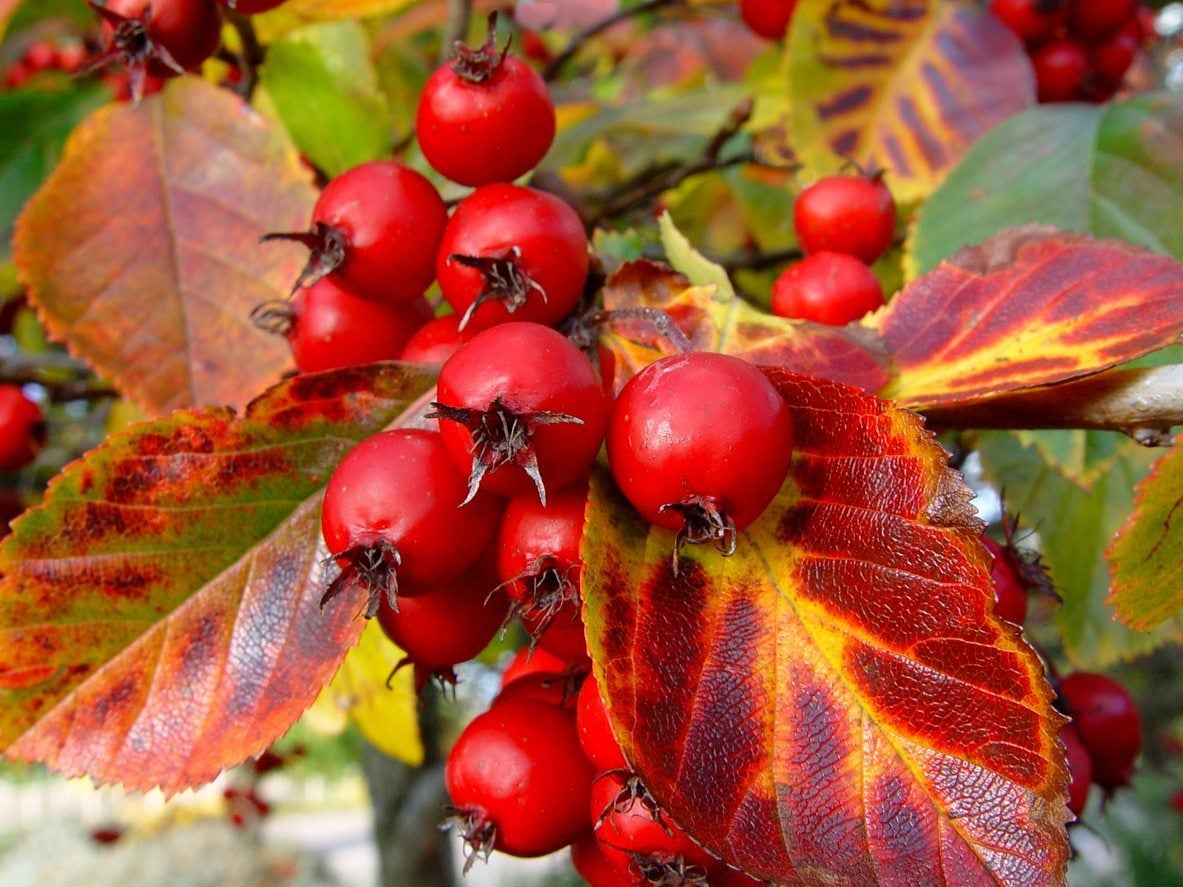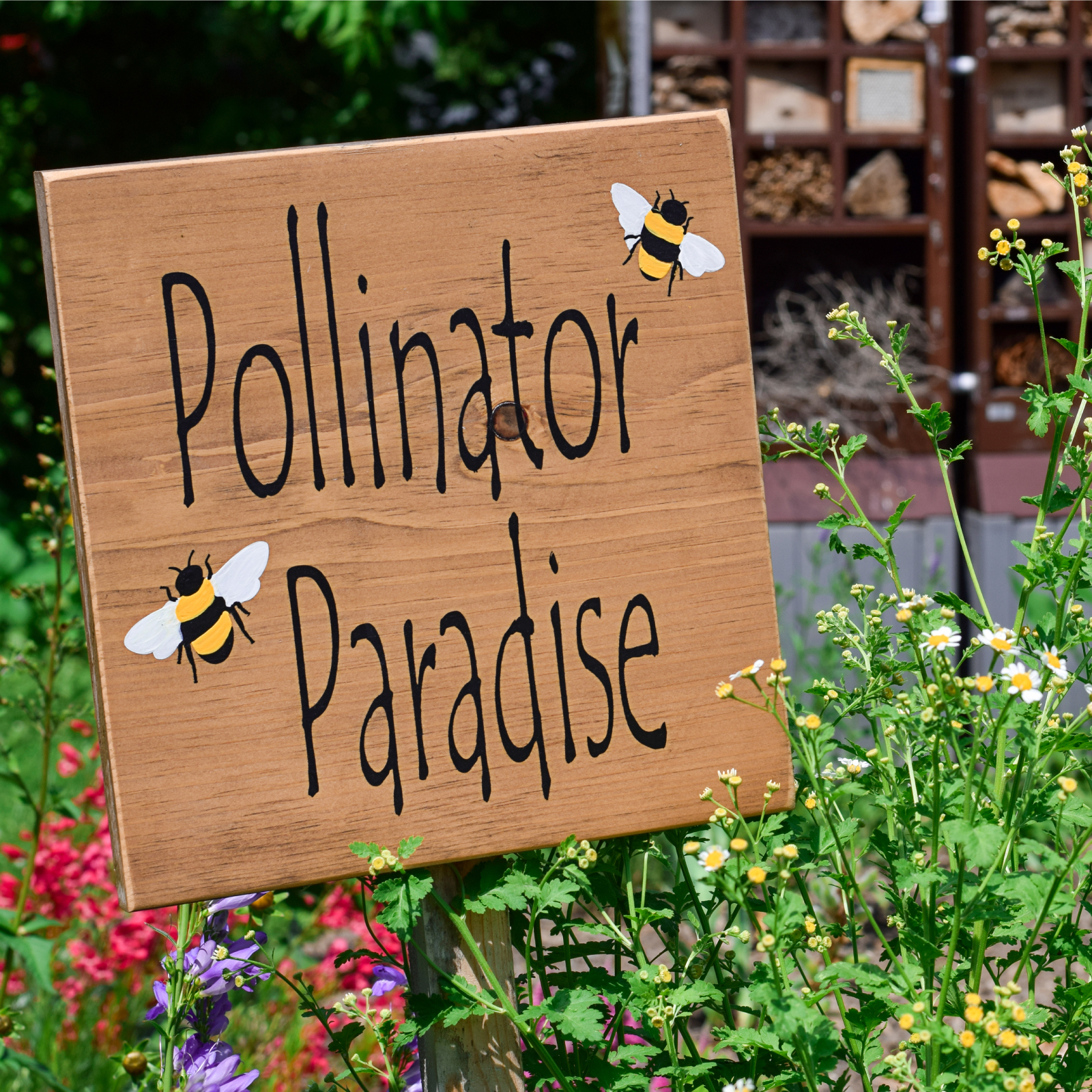Cockspur Hawthorn Info: Learn How To Grow Cockspur Hawthorn Trees


Cockspur hawthorn trees (Crataegus crusgalli) are small flowering trees that are most notable and recognizable for their long thorns, growing up to 3 inches (8 cm.). In spite of its thorniness, this type of hawthorn is desirable because it is attractive and can be used for hedging.
Cockspur Hawthorn Info
The Cockspur hawthorn is just one of several varieties of hawthorn tree. It is native to the eastern U.S. and Canada and is hardy to zone 4. Growing a Cockspur hawthorn isn’t difficult, but it can be prickly. The large thorns that grow all over the stems mean that this is not a great choice for yards where small children or pets will be playing. The branches grow low to the ground, so thorns can be a real problem for kids. Aside from the thorns, this is an attractive tree for most yards. It grows to a height of between 20 and 30 feet (6-9 m.). The tree produces pretty white flowers in spring—these smell terrible but they only last for a week—and red fruit in the fall that persist late into the season. Since Cockspur hawthorn has a round, dense growth habit with branches close to the ground, it makes a good option for a hedge.
How to Grow Cockspur Hawthorn
Cockspur hawthorn care relies largely on making sure it you choose the right location for it with the right conditions. These trees like full sun but will tolerate partial sun. It adapts well to poor soils, a variety of soil pH levels, drought, heat, and even salt spray, making this a good choice for urban settings. These hawthorns do best with soil that drains well. One issue that can make growing a Cockspur hawthorn more challenging is that it tends to be vulnerable to pests and diseases such as:
- Leaf blotch miner
- Cedar hawthorn rust
- Leaf blight
- Powdery mildew
- Borers
- Western tent caterpillars
- Lace bugs
- Aphids
- Leaf spots
Monitor your tree to catch any of these issues early, before they become overwhelming and difficult to manage. Most are only cosmetic, but in some cases these pests or diseases can affect the health of the tree.
Gardening tips, videos, info and more delivered right to your inbox!
Sign up for the Gardening Know How newsletter today and receive a free copy of our e-book "How to Grow Delicious Tomatoes".

Mary Ellen Ellis has been gardening for over 20 years. With degrees in Chemistry and Biology, Mary Ellen's specialties are flowers, native plants, and herbs.
-
 What Is A Pollinator Garden? Grow Gorgeous Blooms While Benefiting Your Local Ecosystem
What Is A Pollinator Garden? Grow Gorgeous Blooms While Benefiting Your Local EcosystemPollinator gardens look great and also provide a diverse ecosystem that benefits your local pollinating insects and animals. Get started today with this guide!
By Bonnie L. Grant
-
 5 Tough Urban Trees That Thrive In Cities – Top Picks For Urban & Suburban Landscapes
5 Tough Urban Trees That Thrive In Cities – Top Picks For Urban & Suburban LandscapesExplore the best urban trees that will add value to even the most challenging of landscapes. Get growing with these ideas and enjoy all the benefits of trees.
By Teo Spengler